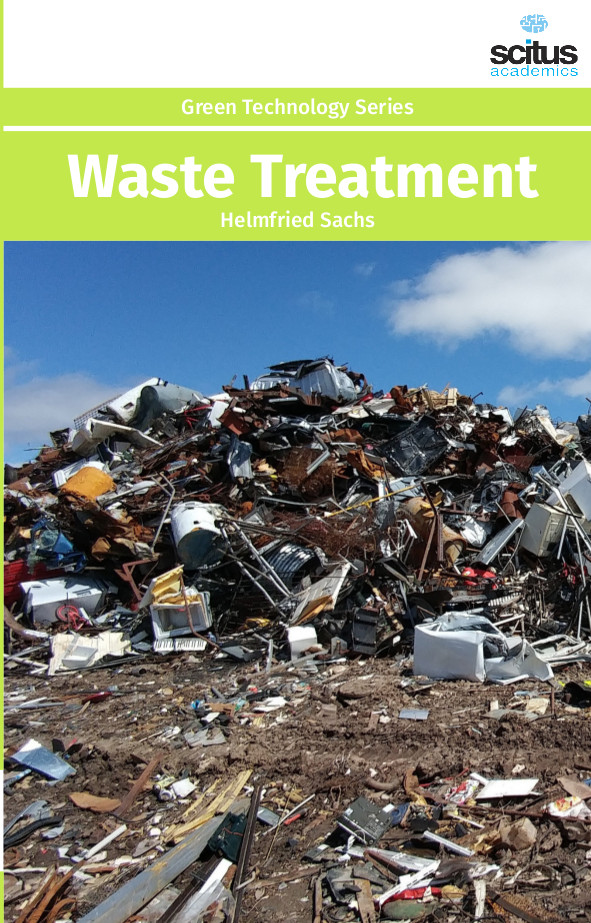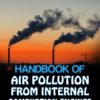Rapid global urbanization and increases in living standards in recent decades have led to changes in the waste generation characteristics due to increases in buying power and easier access to products that are convenient. In recent years, the amount of diversified materials, such as cleaning products, medicines, personal care products, packaging and container products, phthalates, and antibacterial agents, poses a serious threat to the environment and public health. The waste management industry you see today has come a long way. In contrast to the historical approach of managing waste disposal through land filling or burning, the emerging model for waste management focuses on reducing waste production and diverting waste from disposal. As towns and cities around the world expand and populations grow, volumes of waste produced increase, as do the challenges of solid waste management. Also, inappropriately managed solid waste streams can pose a significant risk to health and environmental concerns. Improper waste handling in conjunction with uncontrolled waste dumping can cause a broad range of problems, including polluting water, attracting rodents and insects, as well as increasing floods due to blockage in drains. As well, it may bring about safety hazards from explosions and fires. Improper solid waste management can also increase greenhouse gas (GHG) emissions, thus contributing to climate change. Having a comprehensive waste management system for efficient waste collection, transportation, and systematic waste disposal—together with activities to reduce waste generation and increase waste recycling—can significantly reduce all these problems.
This book ‘Waste Treatment’ deals with a wide range of current development issues relating to subjects including community management, groundwater, health and disease, institutional development, sanitation, solid waste management, water quality, water sources, water supply and water treatment. This work describes how conventional sewerage schemes can be modified to reduce the cost of construction and maintenance and suggests methods of prioritizing sewerage needs. This comprehensive guide is designed to help engineers, aid and agency workers understand drainage problems more clearly in the developing world, so that they can work towards finding practical solutions. It contains details of the wide range of materials that can be recycled and the processes involved. The book will be useful to many research scientists, solid and hazardous waste managers, administrators, librarians, and students in the reach of development in solid and hazardous waste management program as well as sources of household hazardous waste, exposure assessment, and government policies on waste generation and treatment.













